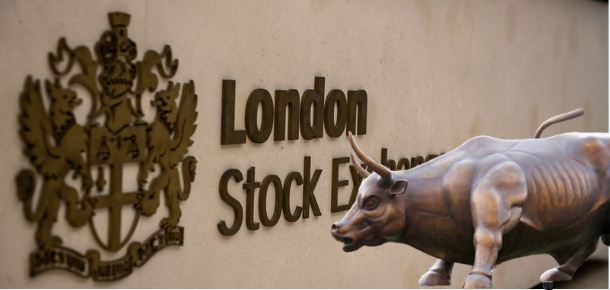In a year when most of the major world economies are struggling to keep their investors’ confidence intact, the Indian stock market is registering record-breaking numbers. In its latest feat, the Indian Stock Exchange has come within touching distance of surpassing the UK stock exchange.
India set to beat the colonial hangover
According to an index compiled by Bloomberg, the Indian stock market is set to break into the top-5 stock exchanges of the world. If successful, it will surpass the UK stock exchange.
The index formed by Bloomberg represents the combined value of all companies primarily listed on various stock exchanges. A primary listing is the main stock exchange where a public company’s stock is traded. The index estimates the total value of the Indian stock market to be around $ 3.46 trillion. Compared to 2020, $3.46 trillion is an increase of 37 per cent. Meanwhile, the combined value of the UK stock exchange, which registered a growth of 9 per cent, is estimated to be around $3.59 trillion.
India’s macroeconomic fundamentals are strong
Bloomberg further predicts that India’s stock market will overtake U.K’s in value as India has a higher growth potential amidst good macroeconomic fundamentals and a vibrant technology sector that is witnessing a boom of startups. Roger Jones, head of equities at London and Capital asset management said-“India is seen as an attractive domestic stock market with good longer-term growth potential from an immature economy and a stable and reformist political base is helpful in realizing this potential”. Meanwhile, uncertainties related to Brexit are expected to hamper the British exchange’s growth prospects. “On the other hand, the U.K. has been out of favor since the Brexit referendum outcome.”-said Jones.
Analysing the reason for India’s sky-high stock market, the report points out India’s record-low interest rates and a boom in retail investing as the major factors behind the upsurge.
Leftist economists failed to understand India’s market
As the Covid related lockdowns hampered the economy of the country, the leftist economists presented it as a gloomy picture of the Indian stock market.
However, the indices at the Bombay stock exchange registered a growth of more than 33,000 points from the day the first lockdown was implemented in the country. Similarly, the national stock exchanged registered a growth of more nearly 10000 points.
Journey of Sensex
Sensex touched the 1000 mark for the first time in July 1990. After India liberalised its economy, it took 16 years for the index to get to the 10,000 mark in February 2006.
However, the index doubled itself within 22 months in December 2007. But, it had to wait for 8 more years to cross the 30,000 mark. Its steady pace continued till March 2020.
But, as soon as the lockdown was announced, the market started to break all records and crossed 50,000 in February 2021, and within 7 months, it surged past 60,000 marks on 24th September 2021.
Read more: While Chinese stock market tumbles to its doom, Indian stock exchange is booming
In a post-covid world, India is emerging as a leader in terms of economic recovery
As India is emerging as a preferred foreign investment destination for the rest of the world, the stock market upsurge is just an indication of our economic fundamentals. The way the Modi government and RBI have collaborated to keep the Indian supply chain integrated during subsequent lockdowns is an example for the world to follow. The mass vaccination drive has provided another big impetus to our workforce.
The mass vaccination drive and strong macroeconomic fundamentals forced Moody to upgrade India’s outlook from negative to stable. Along with these developments, the Indian government’s efforts such as the PLI Scheme, ‘Make-in-India’ initiative, and Aatmanirbhar Bharat are set to leapfrog India’s industrial capability.
